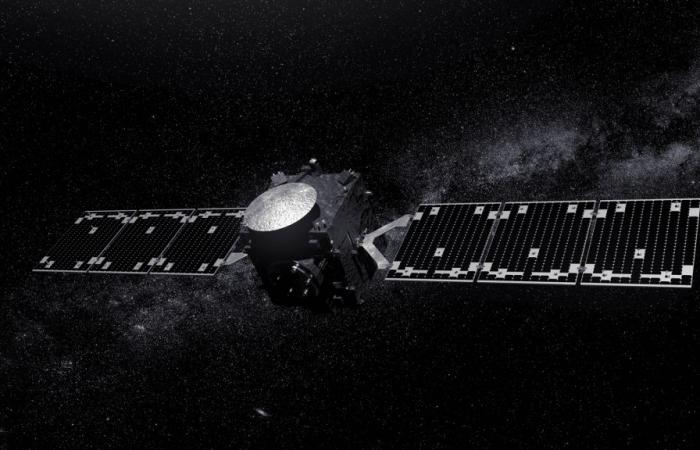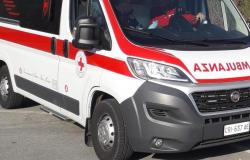The European Space Agency’s (ESA) Hera mission is scheduled to depart in October 2024, the first dedicated to the study of an asteroid system. Its main objective is in fact to study the Didymos binary system, including the small moon Dimorphoswhich was hit by NASA’s DART probe in 2022 to validate the kinetic impact technique to deflect a Near Earth asteroid.
NASA announced yesterday, June 25, 2024, that it has selected 12 scientists to participate in this mission, within the Hera Participating Scientist program. The goal of the program is to support scientists from US institutions to participate in the Hera mission, and address issues such as planetary defense and near-Earth asteroid science.
Nine of the scientists chosen by NASA come from different institutions, while three are from the Agency’s Jet Propulsion Laboratory. They will become members of the Hera scientific team for the five-year nominal duration of the mission.
The selected scientists
The following were selected from JPL:
- Bonnie BurattiFellow and Senior Research Scientist and currently Deputy Project Scientist for NASA’s Europa Clipper mission.
- Mark HaynesRadar Systems Engineer.
- Ryan ParkSenior Research Scientist and currently Principal Engineer and supervisor of the Solar System Dynamics group at JPL.
The participating scientists chosen by the Agency are:
- Ingrid Daubarof Brown University in Providence, Rhode Island, a planetary scientist whose interests include impact craters and other variable phenomena on terrestrial planets.
- Carolyn Ernst from the Johns Hopkins Applied Physics Laboratory, a geologist specializing in the surface evolution of planets, satellites and small bodies.
- Dawn Graninger from the Johns Hopkins Applied Physics Laboratory, physicist specializing in hypervelocity impacts and hydrodynamic simulations, co-investigator of the DART mission.
- Masatoshi Hirabayashi of the Georgia Institute of Technology (Atlanta), aerospace engineer involved in several space exploration missions, dealing with space operations, orbiter/lander design and navigation techniques.
- Tim Lister from the Las Cumbres Observatory in Goleta (California, USA), an astrophysicist whose current area of research is the discoveries of new asteroids by PanSTARRS and the study of Near Earth Objects.
- Andrew Rivkin of the Johns Hopkins Applied Physics Laboratory, a planetary astronomer whose research focuses on the study of asteroids for scientific and planetary defense purposes.
- Daniel Scheeres from the University of Colorado Boulder, aerospace engineer and distinguished professor.
- Timothy Titus of the US Geological Survey in Flagstaff (Ariz.), Research Space Scientist who studies the polar processes of Mars and deals with planetary defense.
- Yun Zhang from the University of Michigan (Ann Arbor), Research Fellow.
Hera is expected to arrive at the Didymos binary asteroid system in late 2026. There it will collect data (not obtainable from Earth) on the mass and composition of both bodies, helping scientists evaluate changes caused by the kinetic impact of the DART probe .
© 2024 Astrospace.it All rights reserved. This article may be reproduced or distributed in full only with the written authorization of Astrospace.it or partially with the obligation to cite the source.







